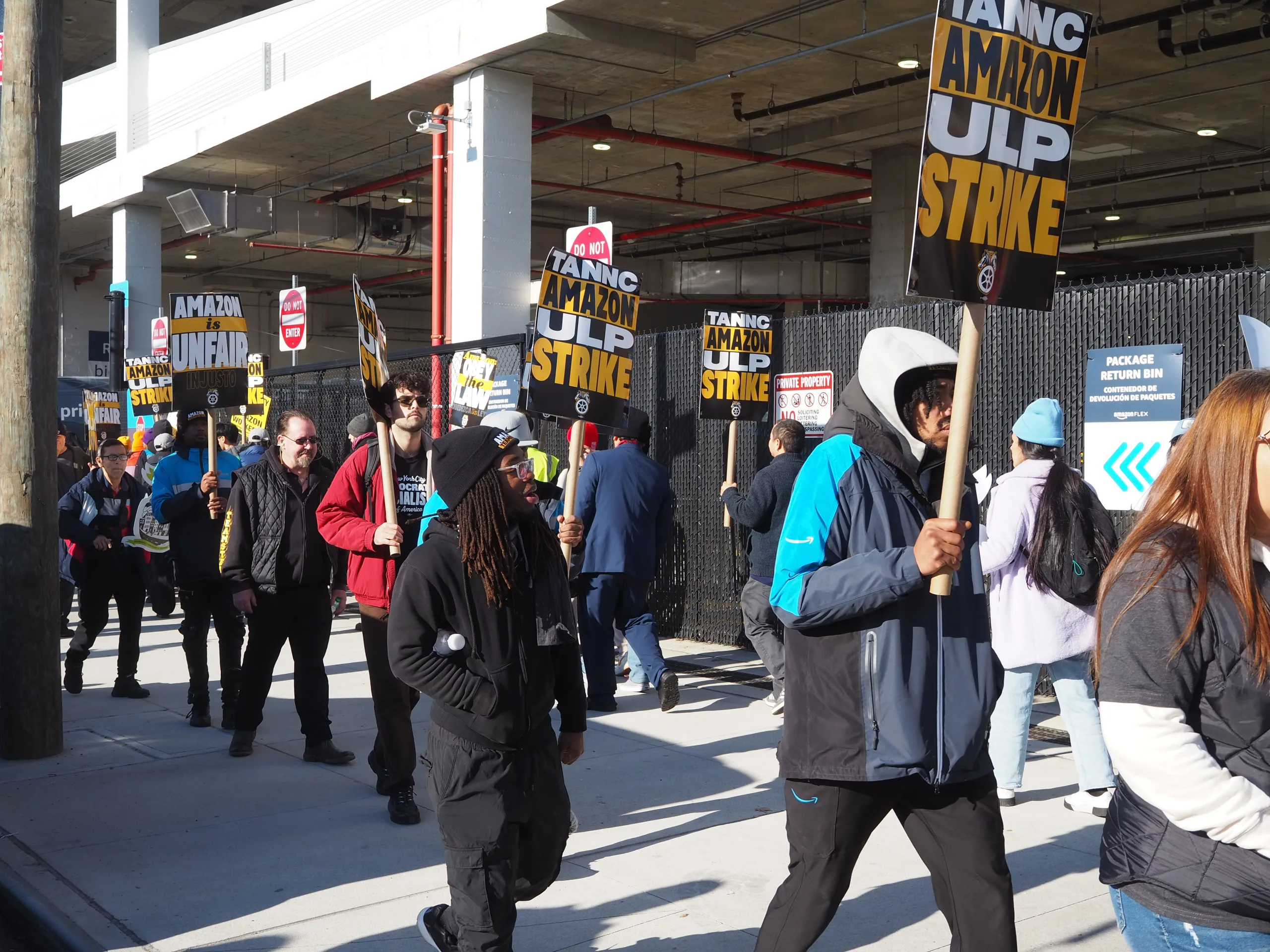This summary was featured in Documented’s Early Arrival newsletter. You can subscribe to receive it in your inbox three times per week here.
In July, President Trump made an executive order seeking to omit undocumented immigrants from being included in the census count, despite the Constitution requiring involvement of all U.S. residents. Civil rights organizations sued the Trump administration over the exclusion, and three federal judges in New York ruled against him. But the decision was appealed and is now headed for the Supreme Court. Judge Amy Coney Barrett, the potential replacement of the late Justice Ruth Ginsberg, could take part in Trump v. New York case if she’s confirmed by Nov. 30. The New Republic
In other federal immigration news…
DHS Introduces New Visa Admission Period Structure
The Department of Homeland Security released a proposed rule requiring a steady stay for international students, exchange visitors and foreign information media representatives in the U.S. on visas. Immigrants who hold F or J visas will be legally allowed to reside in the U.S. up until the end date of their program. That allowance will cap at four years even if an immigrant needs longer to finish their studies. Those on I visas will be allowed to stay as long as needed to finish projected activities or assignments, up to 240 days, with the chance to extend their stay to 240 days based on the progress of relevant activities. Department of Homeland Security
Supreme Court Looking Over Trump’s Significant Immigration Policies
The Supreme Court came to an agreement on Monday to examine two Trump administration immigration policies. The cases are challenges to a program that forces about 60,000 asylum seekers to wait in Mexico for their court hearings and departure of $2.5 billion in Pentagon money to build a wall on the southwestern border. Trump’s immigration cases will most likely not be looked at until February. Theresa Cardinal Brown, the director of immigration and cross-border policy at the Bipartisan Policy Center, explained these cases demonstrated “the challenge of relying on executive action for large and sweeping policies when there are litigants out there ready to litigate.” The New York Times















